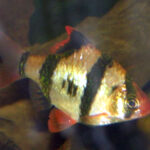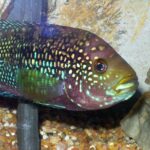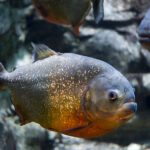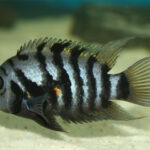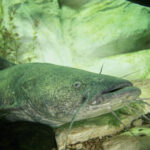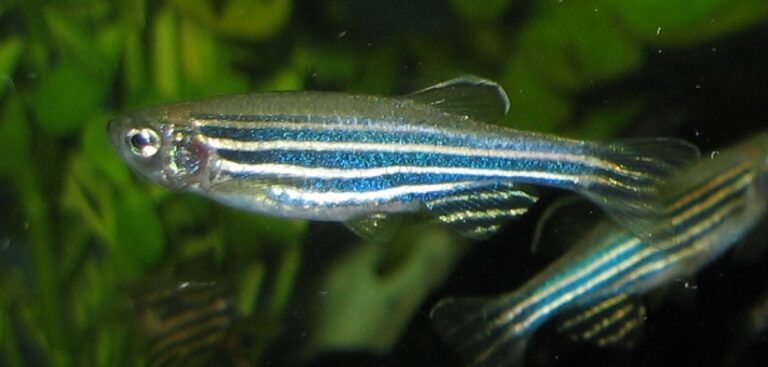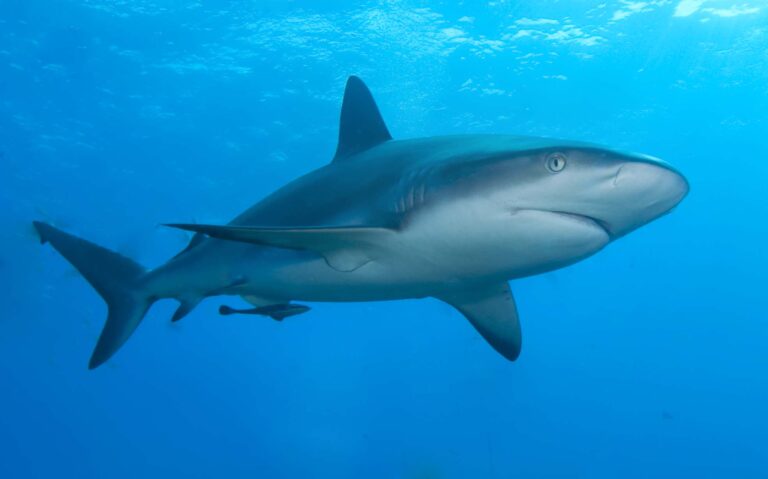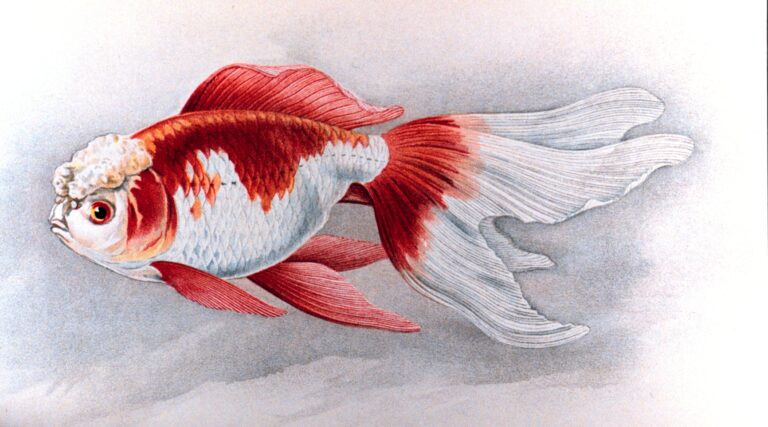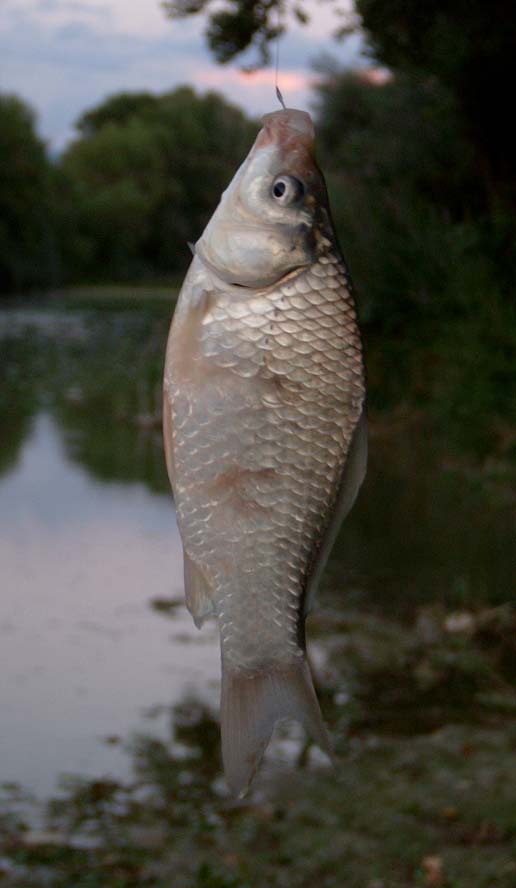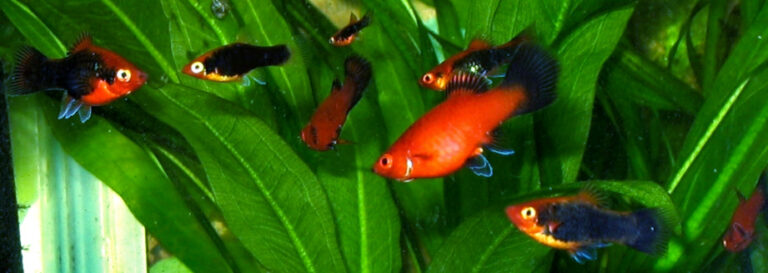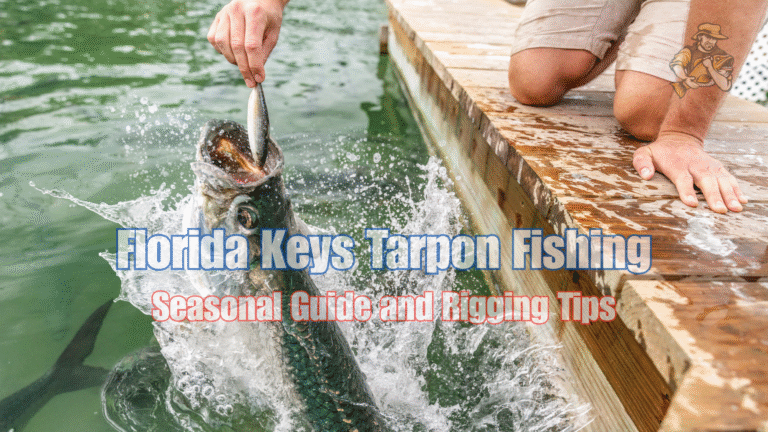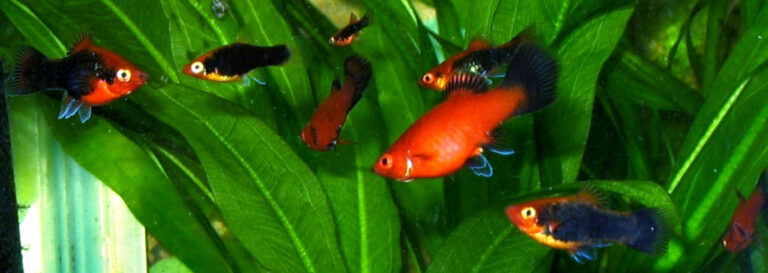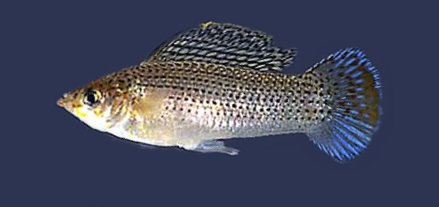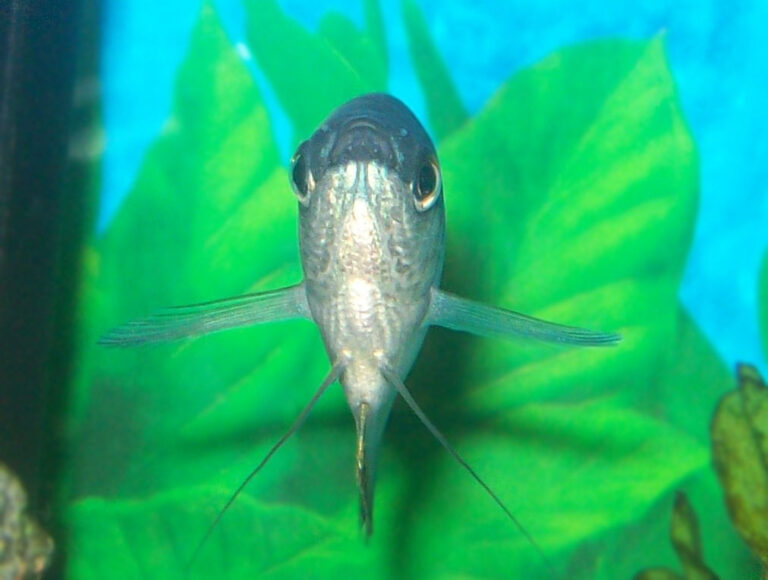Rosetail Betta
By Ryan Maron | Last Modified: June 11, 2025
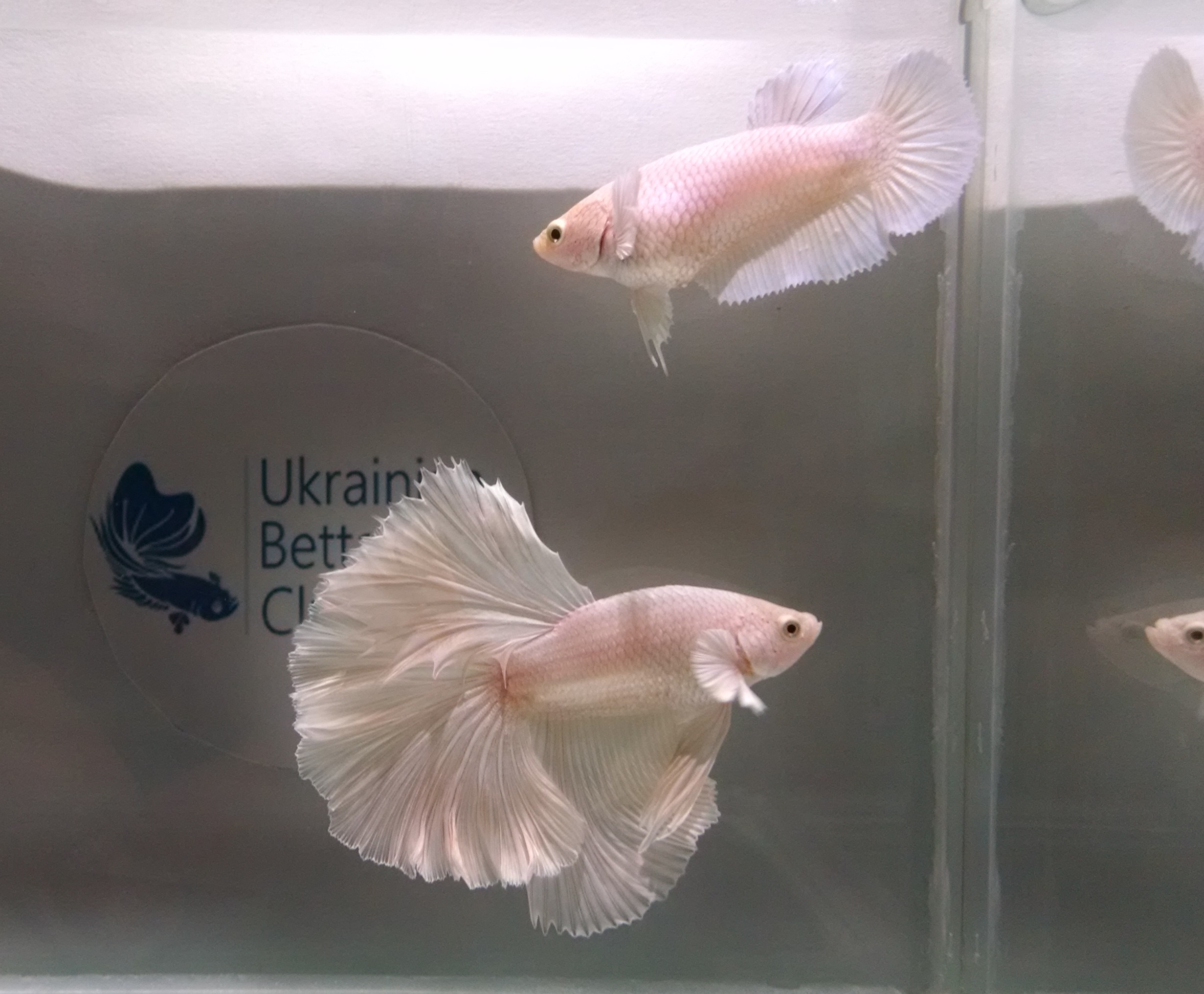
The Rosetail Betta (Betta splendens) stands as one of the most visually striking variations within the diverse world of ornamental fighting fish. This captivating freshwater species, distinguished by its elaborate finnage that resembles the delicate petals of a blooming rose, represents centuries of selective breeding expertise combined with the natural beauty of Southeast Asian labyrinth fish. The Rosetail Betta’s distinctive tail structure, characterized by excessive branching and ruffled edges, creates a dramatic display that has made it highly sought after among aquarium enthusiasts and betta collectors worldwide.
Beyond its ornamental value, the Rosetail Betta plays a significant role in understanding selective breeding practices and genetic expression in ornamental fish. This variety demonstrates how human intervention can amplify natural traits to create entirely new phenotypes while maintaining the species’ essential behavioral and physiological characteristics. Within aquarium ecosystems, these fish serve as both apex predators of small invertebrates and indicators of water quality, making them valuable subjects for both hobbyists and researchers studying freshwater fish adaptation and breeding genetics.
| Feature | Details |
|---|---|
| Common Name | Rosetail Betta |
| Scientific Name | Betta splendens |
| Family | Osphronemidae |
| Typical Size | 6-8 cm (2.4-3.1 inches), 2-8 grams |
| Habitat | Shallow freshwater environments |
| Diet | Carnivorous – insects, larvae, small crustaceans |
| Distribution | Southeast Asia (captive-bred globally) |
| Conservation Status | Vulnerable (wild populations) |
Taxonomy & Classification
The Rosetail Betta belongs to the order Anabantiformes, family Osphronemidae, subfamily Macropodusinae. Within the genus Betta, the species B. splendens encompasses numerous cultivated varieties, with the Rosetail representing one of the most genetically complex tail types. This classification places the Rosetail Betta among the labyrinth fish, a group characterized by their specialized breathing organ that allows them to extract oxygen directly from atmospheric air.
The taxonomic lineage traces back to the original description of Betta splendens by Regan in 1910, though the species was first collected and described earlier under different nomenclature. The Rosetail variety emerged through intensive selective breeding programs beginning in the late 20th century, primarily in Thailand and other Southeast Asian breeding facilities. Genetic studies have revealed that the excessive finnage characteristic of Rosetails results from multiple gene interactions affecting fin ray development and branching patterns.
Modern classification recognizes the Rosetail as a phenotypic variant rather than a distinct subspecies, sharing identical genetic markers with other B. splendens varieties. The various Betta fish types demonstrate remarkable diversity within this single species. Molecular analysis indicates that domestic Betta varieties, including Rosetails, maintain genetic compatibility with wild populations despite their dramatically altered appearance.
Physical Description
The Rosetail Betta exhibits the most elaborate finnage among all betta varieties, with its defining characteristic being the excessive branching and ruffling of the caudal fin. This tail structure creates a rose-like appearance when fully extended, with multiple layers of fin membrane creating depth and texture. The branching pattern typically extends beyond 180 degrees, often approaching 360 degrees of coverage, significantly exceeding the spread of traditional Halfmoon bettas.
Body coloration in Rosetail Bettas spans the entire spectrum available within the species, including solid colors, bi-colors, multicolors, and metallic variations. Common color patterns include royal blue, steel blue, red, white, black, and various combinations thereof. The finnage often displays color gradients or contrasting edges that enhance the rose-like appearance. Iridescent scales, particularly evident under proper lighting, create additional visual appeal through their reflective properties.
Sexual dimorphism remains pronounced in Rosetail Bettas, with males displaying the characteristic elaborate finnage while females maintain shorter, less ornate fins. Male Rosetails typically reach 7-8 centimeters in total length, with fins potentially doubling their apparent size. The excessive fin tissue can create mobility challenges, as the increased drag affects swimming efficiency compared to wild-type specimens.
The anatomical structure supporting the Rosetail pattern involves modified fin rays that branch repeatedly, creating the characteristic ruffled appearance. This modification affects both the caudal and anal fins, though the dorsal fin typically maintains more conventional structure. The genetic mechanisms controlling this trait involve multiple loci affecting fin development during embryonic and juvenile stages.
Habitat & Distribution
Wild Betta splendens populations inhabit the shallow freshwater systems of Southeast Asia, including Thailand, Cambodia, Laos, and Vietnam. These natural environments consist of rice paddies, shallow ponds, ditches, and slow-moving streams characterized by warm temperatures, low oxygen levels, and abundant vegetation. The labyrinth organ adaptation allows these fish to thrive in environments that would be lethal to most other fish species.
Rosetail Bettas, being exclusively captive-bred varieties, exist primarily in controlled aquarium environments worldwide. Their extensive finnage makes them poorly suited for survival in natural habitats, where the elaborate tails would create significant disadvantages in terms of mobility, predator avoidance, and energy expenditure. Consequently, these fish depend entirely on human care and maintenance.
The optimal captive environment for Rosetail Bettas includes temperatures between 24-28°C (75-82°F), pH levels ranging from 6.0 to 8.0, and minimal water current to prevent fin damage. Tank environments should incorporate live or artificial plants, adequate filtration systems, and sufficient space for the fish to display natural behaviors without fin trauma. The elaborate finnage requires careful environmental management to prevent tearing and subsequent bacterial infections.
Water quality parameters must be maintained consistently, as Rosetail Bettas show increased sensitivity to environmental fluctuations compared to shorter-finned varieties. Ammonia and nitrite levels must remain at zero, while nitrate concentrations should stay below 20 parts per million. Regular water changes and biological filtration systems prove essential for maintaining optimal health in these ornamental varieties.
Diet & Feeding Behavior
Rosetail Bettas maintain the carnivorous feeding preferences of their wild counterparts, requiring protein-rich diets to support their metabolic needs and elaborate finnage development. In natural settings, wild Betta splendens consume various small invertebrates, including mosquito larvae, bloodworms, brine shrimp, and small crustaceans. This diverse protein intake supports optimal coloration, fin development, and overall health.
Captive feeding programs should replicate natural dietary diversity through high-quality commercial betta pellets supplemented with frozen or live foods. Premium betta pellets typically contain 35-40% protein content, providing essential amino acids necessary for fin tissue maintenance and regeneration. The excessive finnage of Rosetail varieties requires additional nutritional support compared to traditional betta types.
Feeding frequency should follow a schedule of small portions twice daily, with quantities consumed within 2-3 minutes to prevent overfeeding and water quality degradation. The elaborate fins of Rosetail Bettas can impede their swimming ability, potentially affecting their competitive feeding behavior in community tank situations. Individual feeding protocols often prove necessary to ensure adequate nutrition.
Supplemental foods including bloodworms, daphnia, and brine shrimp provide essential nutrients and stimulate natural hunting behaviors. These protein sources also contribute to enhanced coloration and fin development. However, live foods require careful sourcing to prevent introduction of parasites or diseases that could compromise the fish’s health.
Behavior & Adaptations
Rosetail Bettas exhibit the territorial and aggressive behaviors characteristic of all Betta splendens varieties, though their elaborate finnage significantly impacts their behavioral expressions. Males display intense territorial aggression toward other males, flaring their gills and extending their fins to create an intimidating presence. The enhanced fin size of Rosetails amplifies this display behavior, making their threat postures particularly dramatic.
The excessive finnage creates substantial behavioral modifications compared to wild-type bettas. Swimming patterns become more deliberate and energy-intensive due to increased drag from the elaborate tail structure. This hydrodynamic disadvantage affects their ability to pursue prey, escape predators, and engage in territorial disputes effectively. Consequently, Rosetail Bettas require carefully managed environments that minimize stress and physical challenges.
Breeding behavior in Rosetail Bettas follows traditional betta patterns, with males constructing bubble nests at the water surface using mucus and air bubbles. However, the elaborate finnage can complicate nest-building activities and subsequent egg care. Male Rosetails may experience difficulty in precise egg positioning and nest maintenance due to their modified fin structure.
Surface breathing behavior remains unchanged in Rosetail varieties, with individuals regularly accessing atmospheric oxygen through their labyrinth organ. This adaptation proves particularly important in densely planted aquariums where dissolved oxygen levels may fluctuate. The behavioral pattern of surface breathing occurs every few minutes, regardless of dissolved oxygen content.
Reproduction & Life Cycle
Rosetail Betta reproduction follows the standard B. splendens pattern, beginning with elaborate courtship displays and culminating in bubble nest spawning. Males establish territories and construct bubble nests, typically beneath broad leaves or floating objects. The courtship process involves complex behavioral sequences including fin displays, color intensification, and swimming patterns designed to attract females.
The spawning process involves the male wrapping around the female in a characteristic embrace, during which eggs are released and fertilized simultaneously. A typical spawning produces 100-500 eggs, depending on the female’s size and condition. The male immediately collects the eggs in his mouth and deposits them within the bubble nest structure, demonstrating remarkable parental care behavior.
Incubation period ranges from 24-36 hours at optimal temperatures of 26-28°C. During this period, the male guards the nest aggressively, maintaining bubble structure and retrieving any falling eggs. Hatching produces larvae approximately 2-3 millimeters in length, initially sustained by their yolk sacs for 2-3 days before requiring external feeding.
Fry development follows predictable stages, with free-swimming capability achieved after 3-4 days post-hatching. The characteristic Rosetail finnage begins developing around 8-12 weeks of age, though full expression may require 4-6 months. Genetic expression of the Rosetail trait follows complex inheritance patterns, with selective breeding programs required to maintain consistent phenotype expression across generations.
Predators & Threats
In natural environments, wild Betta splendens face predation from various aquatic and terrestrial species including larger fish, birds, amphibians, and aquatic insects. However, Rosetail Bettas exist exclusively in captive environments where traditional predation pressures are eliminated. Instead, these ornamental varieties face unique challenges related to their modified anatomy and breeding requirements.
The primary threats to Rosetail Bettas stem from their elaborate finnage, which increases susceptibility to fin rot, bacterial infections, and physical trauma. The excessive fin tissue creates additional surface area vulnerable to pathogenic bacteria, particularly in suboptimal water conditions. Fin rot represents the most common health challenge, potentially progressing to systemic infections if left untreated.
Environmental stressors pose significant risks to Rosetail Bettas, including temperature fluctuations, poor water quality, and inadequate nutrition. These fish demonstrate increased sensitivity compared to wild-type bettas, requiring more precise environmental management. Stress-related immunosuppression can lead to various opportunistic infections and diseases.
Genetic health issues represent another category of threats, as intensive selective breeding for extreme fin characteristics can result in reduced genetic diversity and associated health complications. Inbreeding depression may manifest as reduced fertility, increased disease susceptibility, and shorter lifespans. Responsible breeding programs must balance aesthetic goals with genetic health considerations.
Conservation Status
The conservation status of Rosetail Bettas differs significantly from wild Betta splendens populations. As exclusively captive-bred ornamental varieties, Rosetail Bettas face no direct conservation concerns, existing in abundance within the global aquarium trade. However, the wild populations from which they derive face increasing environmental pressures throughout their native Southeast Asian range.
Wild Betta splendens populations are classified as Vulnerable by the IUCN, primarily due to habitat destruction, pollution, and collection pressures. Rice paddy modernization, urban development, and agricultural intensification have eliminated much of their traditional habitat. Climate change effects, including altered precipitation patterns and temperature increases, further threaten remaining wild populations.
The ornamental betta industry, including Rosetail varieties, contributes to conservation efforts through captive breeding programs that reduce collection pressure on wild populations. Modern betta varieties are produced entirely through captive breeding, eliminating the need for wild collection. However, maintaining genetic diversity within breeding programs remains crucial for long-term sustainability.
Conservation priorities for wild Betta splendens include habitat preservation, water quality management, and sustainable collection practices. Research programs studying wild populations provide essential baseline data for conservation planning and help identify critical habitats requiring protection. The contrast between abundant captive varieties and threatened wild populations highlights the importance of comprehensive conservation approaches.
Human Interaction
Rosetail Bettas represent one of the most significant achievements in ornamental fish breeding, demonstrating human capability to modify natural traits through selective breeding programs. The development of this variety required decades of careful genetic selection and crosses between different fin-type varieties. Thai and Southeast Asian breeders pioneered the techniques that produced the first Rosetail specimens in the late 20th century.
The aquarium trade places high value on quality Rosetail Bettas, with premium specimens commanding significant prices among collectors and enthusiasts. International betta competitions feature specific categories for Rosetail varieties, establishing breeding standards and promoting continued genetic improvement. These competitions drive innovation in breeding techniques and contribute to the variety’s ongoing development.
Hobbyist interaction with Rosetail Bettas requires specialized knowledge regarding their care requirements and behavioral characteristics. The elaborate finnage demands careful tank design, compatible tankmates, and precise environmental management. Educational resources and breeding communities provide essential support for successful Rosetail Betta maintenance and breeding.
Commercial breeding operations produce thousands of Rosetail Bettas annually for the global aquarium market. These facilities employ sophisticated breeding protocols, health management systems, and genetic selection programs to maintain quality and consistency. The economic impact of ornamental betta breeding provides significant income for Southeast Asian communities while preserving traditional breeding knowledge.
Interesting Facts
The Rosetail Betta’s elaborate finnage can extend up to 360 degrees around the caudal peduncle, creating a complete circular appearance when fully flared. This extreme fin development requires specialized breeding techniques involving multiple generations of selective crosses between different tail-type varieties. The genetic complexity underlying the Rosetail trait involves at least six different gene loci affecting fin development.
Individual Rosetail Bettas can recognize their owners and respond to feeding schedules, demonstrating cognitive abilities that extend beyond simple stimulus-response patterns. Research indicates that bettas possess spatial memory capabilities and can navigate complex environments using visual landmarks. Some specimens have been trained to perform simple tasks and respond to color-coded feeding cues.
The breeding process for producing quality Rosetail Bettas requires 18-24 months from initial spawning to mature specimens displaying full finnage characteristics. Professional breeders maintain detailed genetic records spanning multiple generations to track desired traits and avoid inbreeding complications. The most successful breeding programs incorporate genetic testing to identify optimal breeding pairs.
Rosetail Bettas can live 3-5 years under optimal care conditions, though their elaborate finnage may require periodic trimming to prevent mobility issues and maintain health. The fins continue growing throughout their lifetime, occasionally requiring management to prevent excessive length that could impede swimming or feeding behavior. Proper fin maintenance techniques help maximize both aesthetic appeal and fish welfare.
Frequently Asked Questions
How does the Rosetail Betta differ from other betta tail types?
The Rosetail Betta exhibits the most extreme fin branching and ruffling among all betta varieties, with excessive fin tissue that creates a rose-like appearance. Unlike Halfmoon bettas that display 180-degree tail spread, Rosetails often achieve near-circular fin extension. The multiple layers of branched fin rays create depth and texture not found in other varieties, though this elaborate finnage requires more intensive care and maintenance.
Can Rosetail Bettas live with other fish species?
Rosetail Bettas can coexist with carefully selected tankmates, though their elaborate finnage makes them vulnerable to fin-nipping species. Compatible companions include small, peaceful species such as neon tetras, Corydoras catfish, and certain snail species. Avoid aggressive or fin-nipping fish that might damage the delicate tail structure. The reduced swimming ability of Rosetails also makes them less competitive during feeding time.
What special care requirements do Rosetail Bettas have?
Rosetail Bettas require gentle water flow, stable water parameters, and careful tank design to prevent fin damage. Their elaborate finnage increases susceptibility to bacterial infections, requiring excellent water quality and regular monitoring. Feeding may need individual attention due to reduced swimming efficiency, and the extensive fins benefit from periodic health assessments to detect early signs of fin rot or trauma.
Are Rosetail Bettas more difficult to breed than other varieties?
Breeding Rosetail Bettas presents additional challenges due to their elaborate finnage affecting swimming ability and nest-building behavior. Males may have difficulty with precise egg placement and nest maintenance, while the genetic complexity of the Rosetail trait requires careful selection of breeding pairs. Multiple generations of selective breeding are typically necessary to produce consistent Rosetail characteristics in offspring, making this variety more demanding for breeding programs.
Conclusion
The Rosetail Betta stands as a remarkable testament to selective breeding achievements while representing both the pinnacle of ornamental fish development and the associated responsibilities of genetic modification. These extraordinary fish require dedicated care and understanding of their unique needs, serving as living artworks that demand respect for their welfare alongside appreciation of their beauty. Their continued popularity in the aquarium trade highlights the enduring fascination with nature’s diversity and human capability to enhance natural characteristics through careful breeding practices.
Share The Article:
More Fish Species:
-
Zebra Danio
The Zebra Danio (Danio rerio) stands as one of freshwater aquarium keeping’s most recognizable and scientifically significant species. This…
-
Caribbean Reef Shark
The Caribbean Reef Shark (*Carcharhinus perezi*) stands as one of the most recognizable and ecologically significant predators patrolling the…
-
Basking Shark
The Basking Shark stands as one of the ocean’s most magnificent gentle giants, representing the second-largest fish species on…
-
Oranda Goldfish
The Oranda Goldfish (Carassius auratus) stands as one of the most distinctive and cherished varieties in the world of…
-
Goldfish
The goldfish (Carassius auratus) stands as one of the most culturally significant and scientifically fascinating species in freshwater aquaculture…
-
Southern Platyfish
The Southern Platyfish, scientifically known as *Xiphophorus maculatus*, represents one of the most significant freshwater fish species in both…
Discover
-
How to Fish for Bluegill: 2025 Complete Guide
Bluegill might not be the biggest fish in the pond, but they sure make up for it in fight…
-
7 Types of Fisheries You Should Know Before Casting Your Line
I’ve been fishing for over 30 years across all kinds of waters, and one thing I’ve noticed is how…
-
Best Fishing Line for Bass in 2025: What Actually Works
I still remember the day I lost that monster largemouth on Lake St. Clair back in 2019. The fish…
-
How to Find Good Fishing Spots That Actually Produce Fish
Finding productive fishing spots is often what separates successful anglers from those who go home empty-handed. It’s not just…
-
How to Become a Better Fisherman in 2025: Master These 5 Skills
There’s something magical about that moment when your line goes tight and you feel the unmistakable pull of a…
-
Florida Keys Tarpon Fishing: Seasonal Guide and Rigging Tips
I still remember my first tarpon hookup in the Florida Keys like it happened yesterday, not 17 years ago….
Discover
-
Pearl Gourami
The Pearl Gourami stands as one of the most recognizable and ecologically significant members of the labyrinth fish family,…
-
Why Your Red Drum Strategy Is All Wrong (Fix It Today)
Last October, I was fishing the eastern shore of Lake Michigan near Ludington with my buddy Mike. Cold front…
-
Tuxedo Platy
The Tuxedo Platy (Xiphophorus maculatus) stands as one of the most recognizable and beloved freshwater aquarium fish species, distinguished…
-
Banana Fishing Myths Busted: The Truth Behind Fishing’s Strangest Superstition
Ask any hardcore angler about bringing a banana on their boat, and you might get a reaction stronger than…
-
Black Molly
The Black Molly represents one of the most recognizable and enduring species in the freshwater aquarium trade, captivating both…
-
Blue Gourami
The Blue Gourami (*Trichogaster trichopterus*) stands as one of the most recognizable and adaptable freshwater fish species in tropical…


